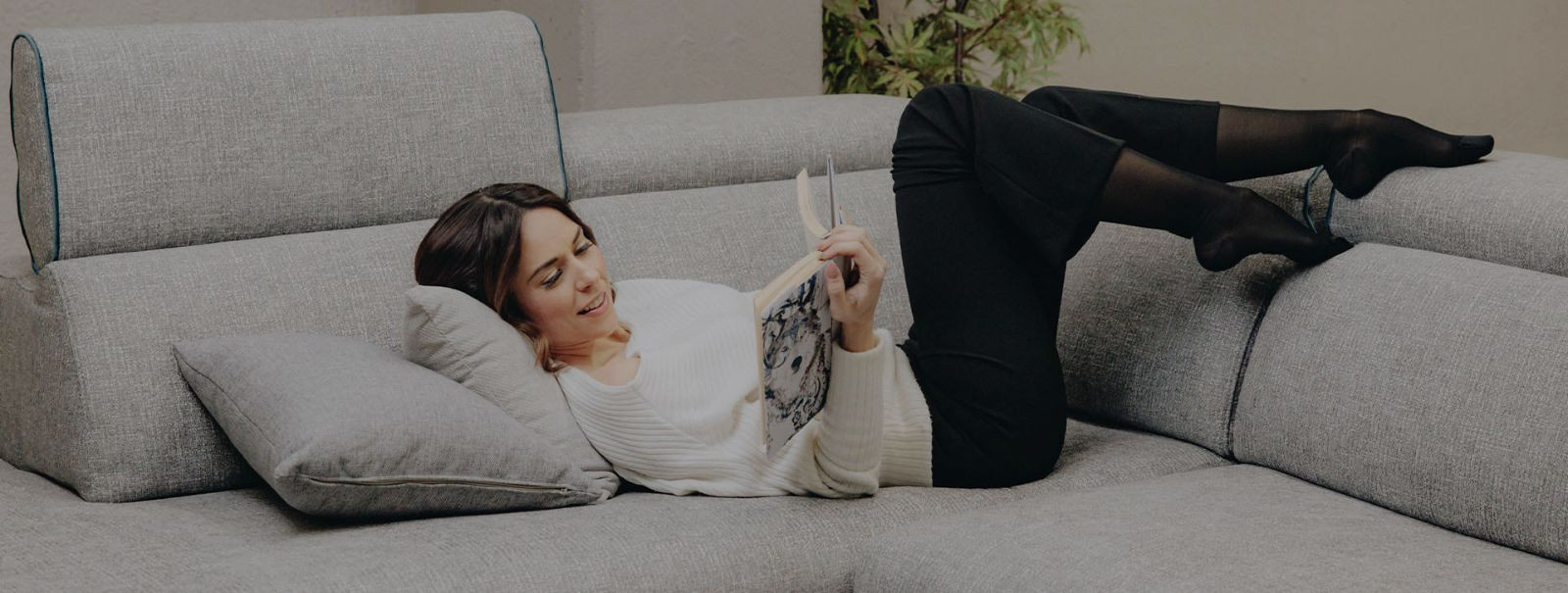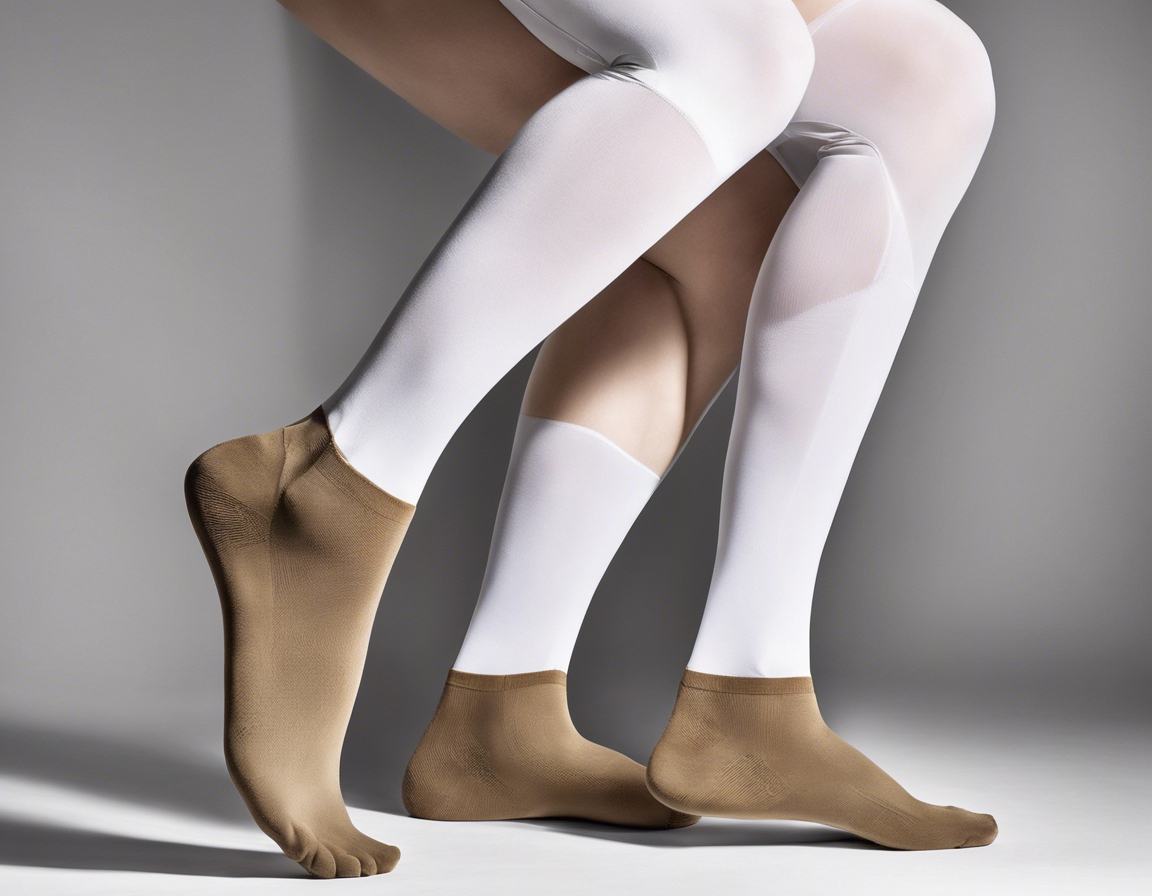The ultimate guide to choosing compression stockings
Compression stockings are specialized hosiery designed to help prevent the occurrence of, and guard against further progression of, venous disorders. They apply gentle pressure to your legs and ankles, promoting blood flow from your legs to your heart.
Compression stockings can help reduce pain and swelling in your legs, lower the chances of developing deep vein thrombosis (DVT), improve lymphatic drainage, and enhance circulation. They are particularly beneficial for individuals with circulatory and musculoskeletal conditions.
They are commonly used by people who are at risk for circulation problems, including those with varicose veins, spider veins, or those who have just had surgery.
Understanding Compression Levels
Mild compression stockings are typically used for relief from tired, aching legs and minor swelling.
Moderate compression is often recommended for those with varicose veins, edema, and to help prevent DVT.
Firm compression stockings are used for moderate to severe varicose veins, moderate lymphedema, and to help manage ulcers.
Extra firm compression is used for severe varicose veins, severe edema, and chronic venous insufficiency.
Types of Compression Stockings
Graduated compression stockings are tighter at the ankle and gradually decrease in pressure up the leg, which helps to promote blood flow.
Anti-embolism stockings are designed for those who are immobile, and they help reduce the risk of deep vein thrombosis.
Non-medical support hosiery provides uniform compression that helps relieve tired, aching legs and mild swelling.
How to Choose the Right Size
Accurate measurements of your legs are crucial for the effectiveness of compression stockings. Measurements should be taken first thing in the morning when swelling is minimal.
Once you have your measurements, you can use a sizing chart to find the correct size of compression stockings for your legs.
Material and Fabric Considerations
Compression stockings are made from a variety of materials, including nylon, cotton, spandex, and microfiber.
The choice of fabric can affect the comfort, durability, and compression level of the stockings.
Special Features and Technologies
Some compression stockings come with moisture-wicking technology to keep the legs dry and comfortable.
Antimicrobial features help prevent odors and the growth of bacteria.
Advanced graduated compression technology can provide targeted relief and support for specific areas of the leg.
Caring for Your Compression Stockings
Proper care can extend the life of your compression stockings. It's important to follow the manufacturer's instructions for washing and drying.
Compression stockings should be replaced every three to six months, depending on wear and the level of compression.






Comments (0)